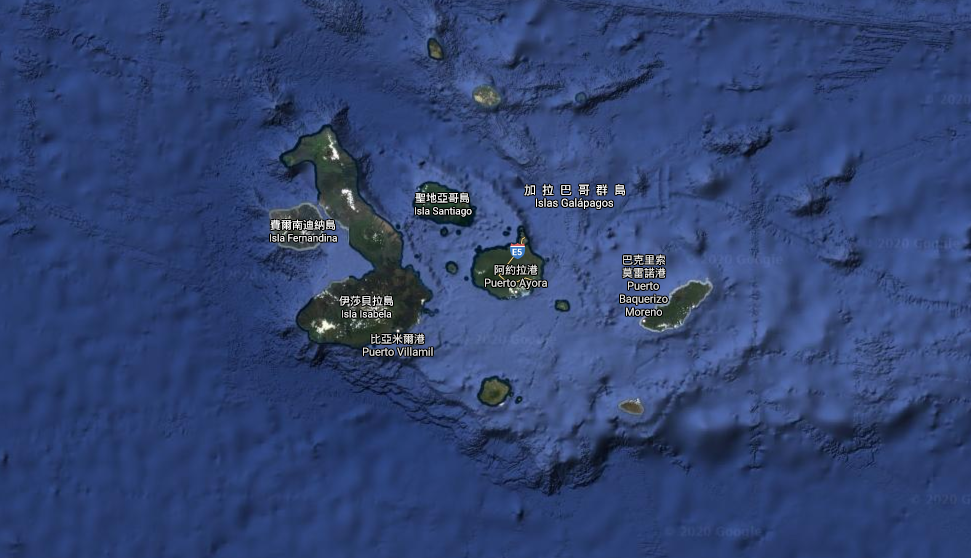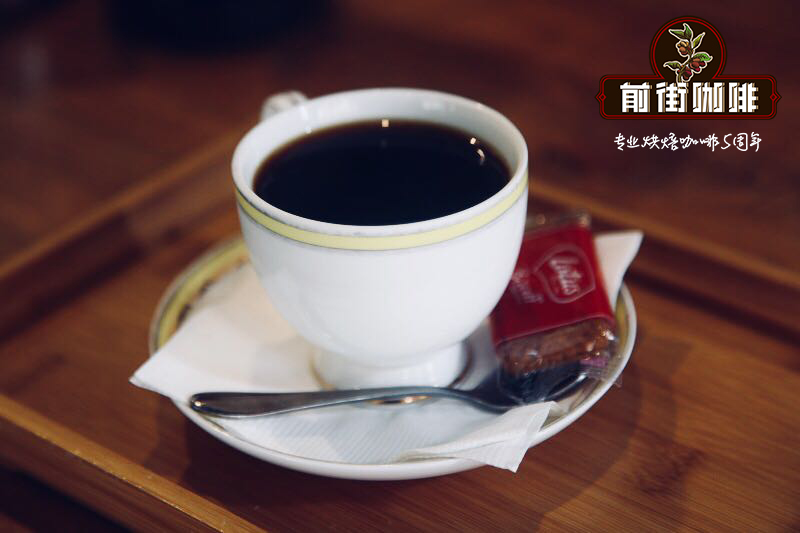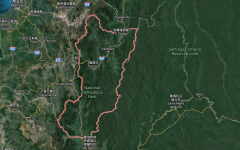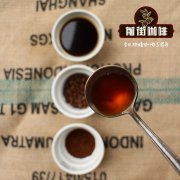The influence of Geography and Climate on the Coffee producing areas of the Galapagos Islands

Located on the Pacific coast of Ecuador, the Galapagos Islands (Galapagos) consists of 13 major islands, 6 smaller islands and numerous small islands. About 135 years ago, the first coffee seeds were brought here from French colonies in the Caribbean (stopped in Panama along the way). These are the seeds of bourbon, which is still the main variety grown on these islands today.
Although coffee grows in hot climates, coffee grown at lower temperatures is generally of better quality. This is because beans ripen more slowly, resulting in more sugar and complexity. Generally speaking, the higher the altitude, the lower the temperature. However, it depends on the latitude of the country. The farther away from the equator, the cooler the temperature. As a result, coffee grown at low altitudes in Hawaii is sweeter than coffee grown in high elevations in Venezuela.
The Galapagos Islands are located on the equator, which means that there is strong sunlight from 6am to 6pm, little change throughout the year, and the low altitude makes people think that the coffee quality will be poor. But the islands are exposed to intense sunlight, but not to intense heat. This is due to the Humboldt trend. This is a low-salinity current that flows northward along the west coast of South America, from the southern cone to northern Peru, and then to the Galapagos Islands. It brings a cool sea breeze and lowers the ground temperature. This is one of the reasons why low-altitude coffee in the Galapagos Islands can be tasted and roasted like high-altitude coffee in other parts of the Americas.
■ altitude: 350m
■ harvest period: June-September, December-February
■ variety: bourbon
■ flavor: caramel, high aroma and good acidity

Important Notice :
前街咖啡 FrontStreet Coffee has moved to new addredd:
FrontStreet Coffee Address: 315,Donghua East Road,GuangZhou
Tel:020 38364473
- Prev

What is the planting advantage of Samora admiration coffee? what are the flavor characteristics of Samora admiration coffee?
Samora admiration (Zamora Chinchipe) achieves all the traditional hallmarks of the coffee growing area: plenty of sunshine, plenty of rainy season, moderate temperature and an ideal altitude of about 1000 meters. This area, located to the east of Loha, has enough altitude to grow excellent coffee trees, but produces only 4% of Arabica in the territory. Organic farming is quite common here.
- Next

Does brewing coffee in the mountains affect the flavor of coffee? Are there any parameters that should be paid attention to in making coffee at high altitude?
Coffee brewers know that there are many brewing factors that affect the flavor of coffee: grinding thickness, brewing time, disturbance, water quality, water temperature, and altitude at which time it is brewed. That's right, the altitude when cooking. In fact, most people don't have to worry too much about altitude, but if you are in the producing area on the mountain, you will find that you may have to adjust the cooking parameters, why? Because
Related
- Beginners will see the "Coffee pull flower" guide!
- What is the difference between ice blog purified milk and ordinary milk coffee?
- Why is the Philippines the largest producer of crops in Liberia?
- For coffee extraction, should the fine powder be retained?
- How does extracted espresso fill pressed powder? How much strength does it take to press the powder?
- How to make jasmine cold extract coffee? Is the jasmine + latte good?
- Will this little toy really make the coffee taste better? How does Lily Drip affect coffee extraction?
- Will the action of slapping the filter cup also affect coffee extraction?
- What's the difference between powder-to-water ratio and powder-to-liquid ratio?
- What is the Ethiopian local species? What does it have to do with Heirloom native species?

